From the 400s to the 700s, the north-east of the Italian peninsula suffered many invasions.
With each invasion, more and more people from the fertile mainland migrated to the safer lagoon areas. Consequently, this led to the creation of a Venetian state based in the lagoon, not on the mainland.
In turn the Visigoths, the Huns, the Ostrogoths, the Longobards and the Franks invaded. The Western Roman Empire fought back the invasions, until the deposition of the last western emperor in 476 CE. The Eastern Roman Empire with capital in Constantinople (aka Byzantium) continued to claim Italy to the empire. Byzantium lost its last possessions in Italy in 751 CE.
The Visigoths and Alaric I – 402 and 410
The Visigoths under Alaric I invaded Italy twice, in 402 CE and in 410 CE.
The Romans and the Visigoths had been allied at times, but it was a complex and troubled relationship. At times, it broke down completely.
In 402, the Visigoths entered the Italian peninsula from the NE, close to the city of Aquilleia, capital of the Roman province of Venetia et Histria. In June that year, the Roman general Stilicho defeated Alaric in a battle at Verona.
The Visigoths left for a while, but came back to Italy in 408. In 410, they sacked Rome.
The Huns and Attila – 452
Attila invaded Italy in 452 to press his claim of marriage to Honoria, sister of the Western Roman emperor Valentinian III. Among other things, he sacked the city of Aquilleia, capital of the Roman province of Venetia et Histria. The city was so ravaged that it was difficult to tell exactly where it had been.
Emperor Valentinian sent three envoys to negotiate a retreat of the Huns from Italy. Pope Leo I, as one of the three envoys, convinced Attila to leave Italy.
A change of Emperor in the Eastern Empire contributed to Attila’s choice to leave. He retreated to his domains in Central Europe, where he died the following year.
The harvests in much of Italy failed in 451 CE, the year before the invasion, and again the year of the invasion.
The “Fall of Rome” – 476
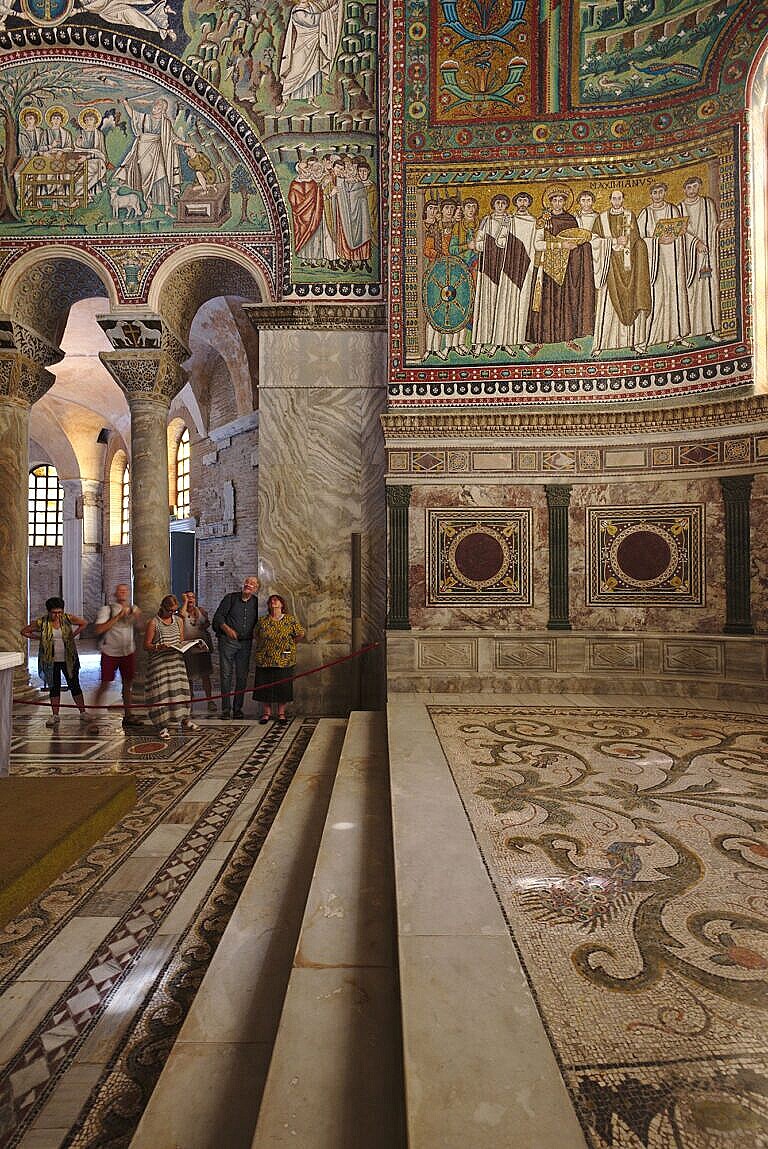
Valentinian III died in 455 CE, and his successors for the following two decades all had very short reigns. In 475 CE Orestes, a Roman general, put his son Romulus Augustulus on the throne in Ravenna.
Odoacer, another general, of foederati (allied) troops rather than Roman, then in 476 CE defeated Orestes in battle, and deposed Romulus Augustulus.
Odoacer was not a Roman. He’s descent is unknown, but it was probably Germanic. As a non-Roman Odoacer did not claim the title of Roman Emperor, but styled himself Dux (duke) or Rex (king) of Italy. He later accepted the title of Patrician from the emperor in Constantinople.
The west ceased to have an emperor of its own with Odoacer. This is what is most often meant by the “Fall of Rome”.
That Odoacer accepted a title from Constantinople meant that formally he was subservient to the emperor. He had not taken Italy out of the Roman Empire, and Constantinople never relinquished their claim to Italy.
In practice, however, Odoacer didn’t accept the secondary role, and kept pushing the boundaries, especially in the Balkans. For the Byzantines, he was therefore a troublesome ally.
Ostrogoths and Theodoric – 489
The Ostrogoths were also a problematic ally of Constantinople, as they were searching for land to settle on.
In 488, the Roman emperor Zeno sent Theodoric, the ruler of the Ostrogoths, to Italy to depose Odoacer. The war lasted from 489 to 493, at times in Odoacer’s favour, at times in Theodoric’s. It was mostly fought in the north-east of the Italian peninsula, where the inhabitants of future Venice came from.
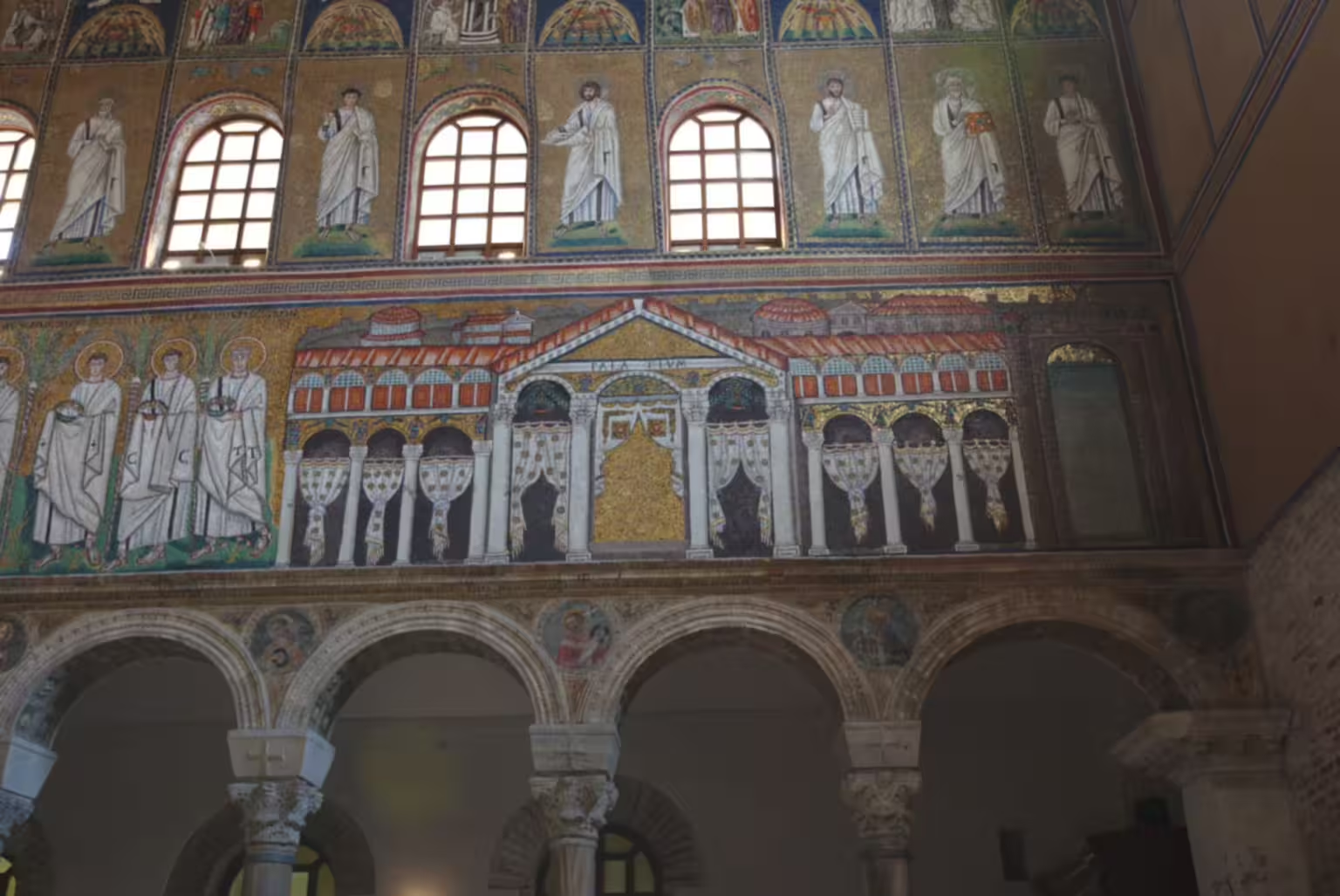
In 493 Theodoric took Ravenna, the capital of Odoacer’s kingdom. The two parties came to an agreement of shared rule over Italy. At a grand feast to celebrate the deal, Theodoric made a toast to Odoacer, then drew his sword and killed him.
This left Theodoric and the Ostrogoths in charge of Italy after several years of warfare. Formally they ruled as representatives of Constantinople, but in practice the kingdom was independent.
The Gothic Wars – 535-54
The Ostrogoths were as troublesome an ally as Odoacer had been.
The Gothic Wars between the Ostrogoth kingdom and the Byzantines started in 535 and lasted almost twenty years. The wars were fought all over Italy. Initially, the Byzantines arrived from Africa, and later through the north-east from the Balkans.
In 540, the Ostrogoth capital of Ravenna fell to the Byzantines, who established the Exarchate of Ravenna to rule the parts of the peninsula that had been recaptured for the Roman Empire.
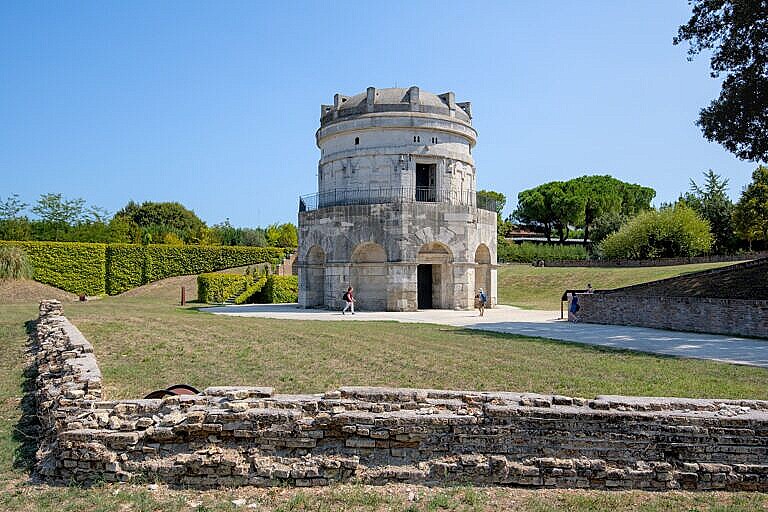
Large parts of Italy remained under the Ostrogoths, but the Byzantines controlled everything around the upper Adriatic Sea, the Po Valley, the area around Rome, all the major islands and much of the south.
This fragmentation of the Italian peninsula would persist until the unification of Italy under Piedmont in 1860 and 1866.
The devastation from the protracted war was enormous, and exacerbated by the Justinian Plague in 540-41. The major cities were destroyed, agricultural land laid waste, and a substantial part of the population had died or fled.
The Lombard Kingdom – 568
The Gothic Wars had left the Ostrogothic dominion in shatters, and in 568 the Lombards (Longobardi – the long beards) invaded Italy.
The Lombards were a Germanic people, like the Ostrogoths.

The invasion started in Friuli in the north-east, which became the first Lombard duchy. Cividale was the first capital, as the old Roman capital of the area in Aquileia had been destroyed during the previous wars.
The Lombards quickly took over the remains of the Ostrogothic kingdom, and established their own with capital in Pavia in Lombardy. The Italian region of Lombardy has its name from the Lombards.
The north-east of the Po valley was a central area. The Lombards took Padova in 601, Mantova in 603, and Concordia Saggitaria in 615. The important city of Opitergium (Oderzo) fell to the Lombards in 642, but must have returned to the Byzantines later because the Lombards took it again in 667.
Much of the population of Oderzo fled the city, and settled in Eraclea (Civitanova Heracleia) which at that time was in a protected lagoon, under Byzantine control. The earliest doges of Venice had their residence in Eraclea.
Another important settlement in the lagoon area was Torcello, which became a bishopric in 639 after the bishop from Altino fled the Lombards and settled there.
The name Venetia had in Roman and Byzantine times denoted the region and the people on the mainland. The parts remaining under Byzantine control now became the Venetia Marittima: a narrow sliver of lagoon, neither land nor sea, stretching from Grado in the north towards Ravenna in the south.
The Lombard Kingdom was a rather loose structure. Power rested mostly with the Lombard leaders of a collection of duchies, both in the northern and the central part of Italy. The dukes elected the king, which was not a hereditary position.
The conquest was therefore not really coordinated, as the Lombard dukes would each try to enlarge their duchies.
The chaotic nature of both the Lombard conquest and their state caused the last vestiges of the old Roman and Byzantine local government to finally collapse.
The End of the Exarchate – 751
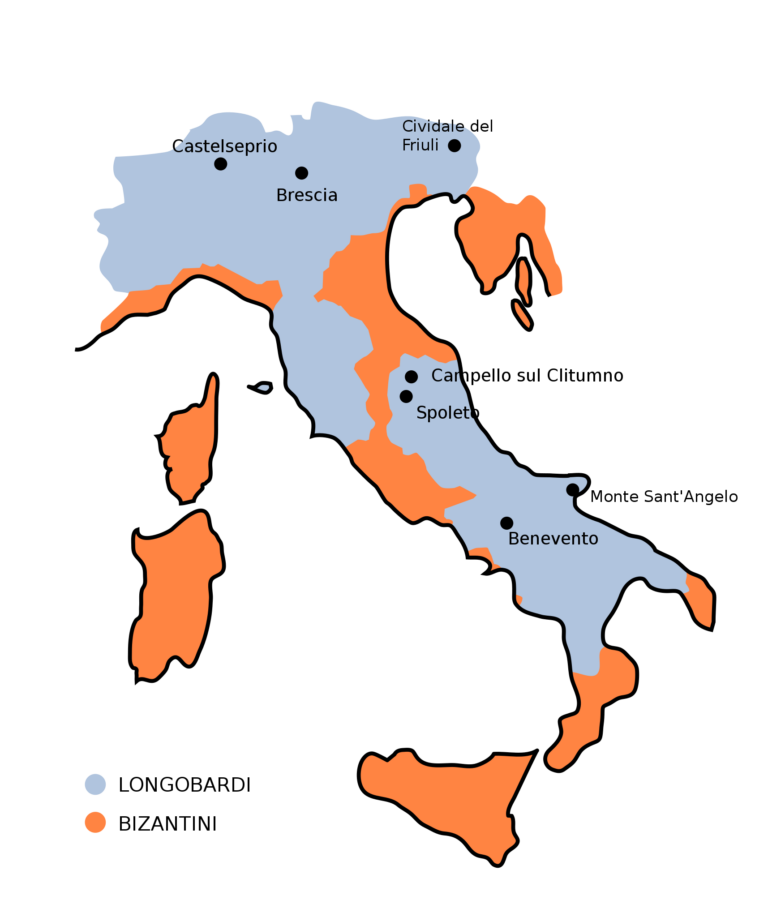
The areas of the Exarchate of Ravenna, the Duchy of Rome, and much of the south of Italy initially remained under Byzantine control after the Lombard invasion.
However, the fighting between the Lombard dukes and kings, and the Exarchate of Ravenna went on for decades. Slowly, the Lombards encroached on the old Byzantine dominion.
Iconoclasm in Constantinople led to a conflict between the Byzantine Empire and the Pope in Rome over the worship of religious images. This lost the Exarchate in Ravenna an important ally against the Lombards.
Finally, in 751 the Lombards conquered Ravenna itself and killed the last Exarch.
The disappearance of a Byzantine presence in Italy meant that the nascent Venetian state became de facto independent of Constantinople. Even if Venice officially remained a vassal or ally of Constantinople for some time, the Byzantines no longer had the means to keep Venice in check.
The Franks and Charlemagne – 774
Political power in the Lombard Kingdom was mostly in the hands of the dukes. Any newly elected king would have to secure the backing or submission of the duchies that hadn’t supported his election.
Desiderius, the duke of Tuscany, became king in 756 by deposing the previous king. The Pope tried to turn the southern duchies of Spoleto and Benevento against him in the constant internal power struggles of the Lombard Kingdom. Consequently, Desiderius invaded the lands of the Pope and entered Rome in 772.
The Pope asked the Franks for help, and Charlemagne didn’t hesitate. In 774 Charlemagne defeated Desiderius, took Pavia and Verona, and proclaimed himself King of the Lombards.
The Duchy of Friuli fell in 776 and later became the Frankish March of Friuli (borderland).
The Franks rapidly subdued all the northern Lombard duchies. They never really managed to control the two large southern duchies, which de facto remained independent.
Venice and the Franks – 810
In 810, Pepin, son of Charlemagne, tried to subdue the Venetians.
At that time, the Doge of the Venetians had left Eraclea for Metamauco (or Malamocco on the modern-day Lido di Venezia).
Pepin arrived with a fleet and took and burned the Doge’s palace in Malamocco. The doge fled to Rialto (modern-day Venice). After several fierce battles fought inside the lagoon, near Rialto, the Franks retreated.
Venice had survived its first existential battle.

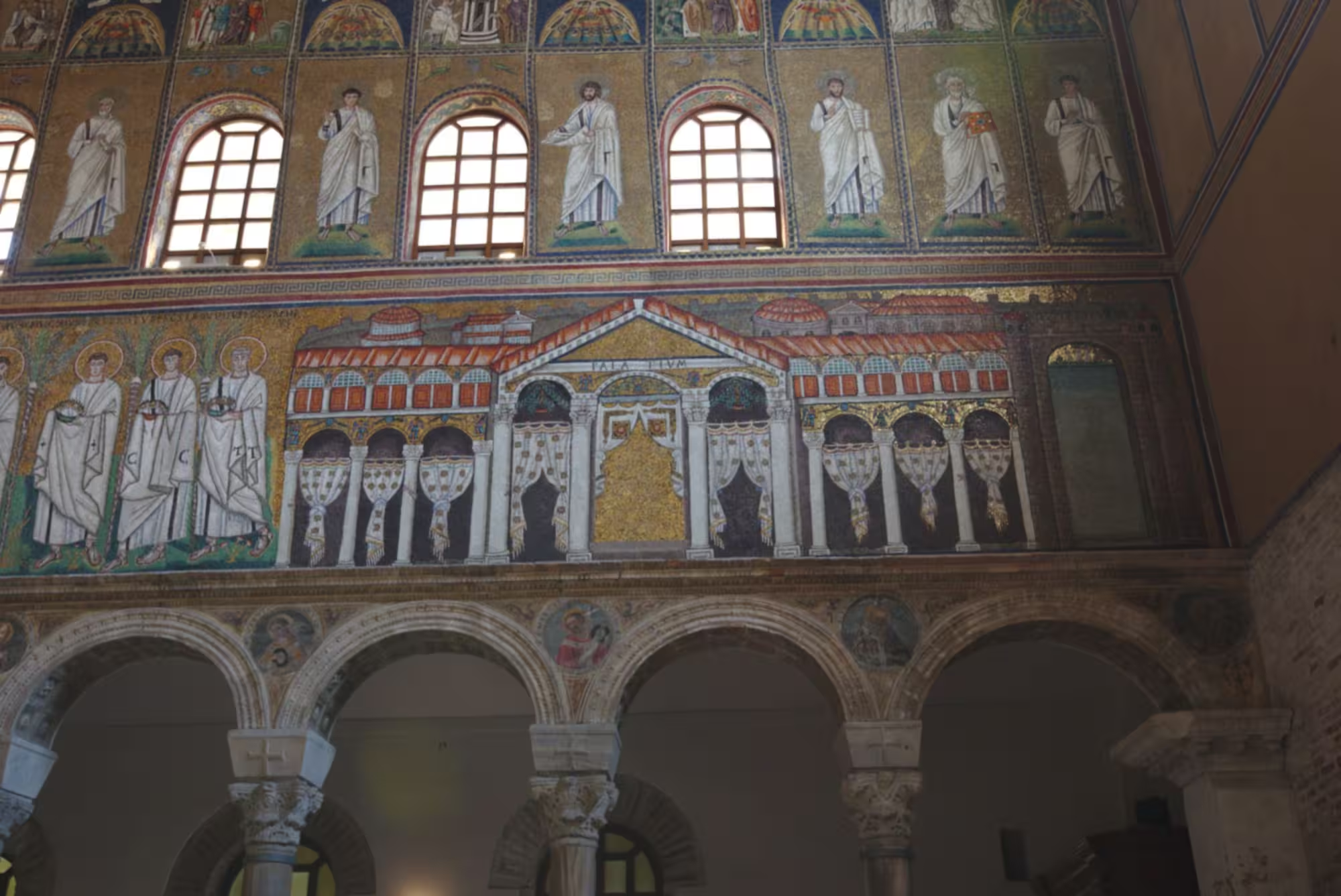
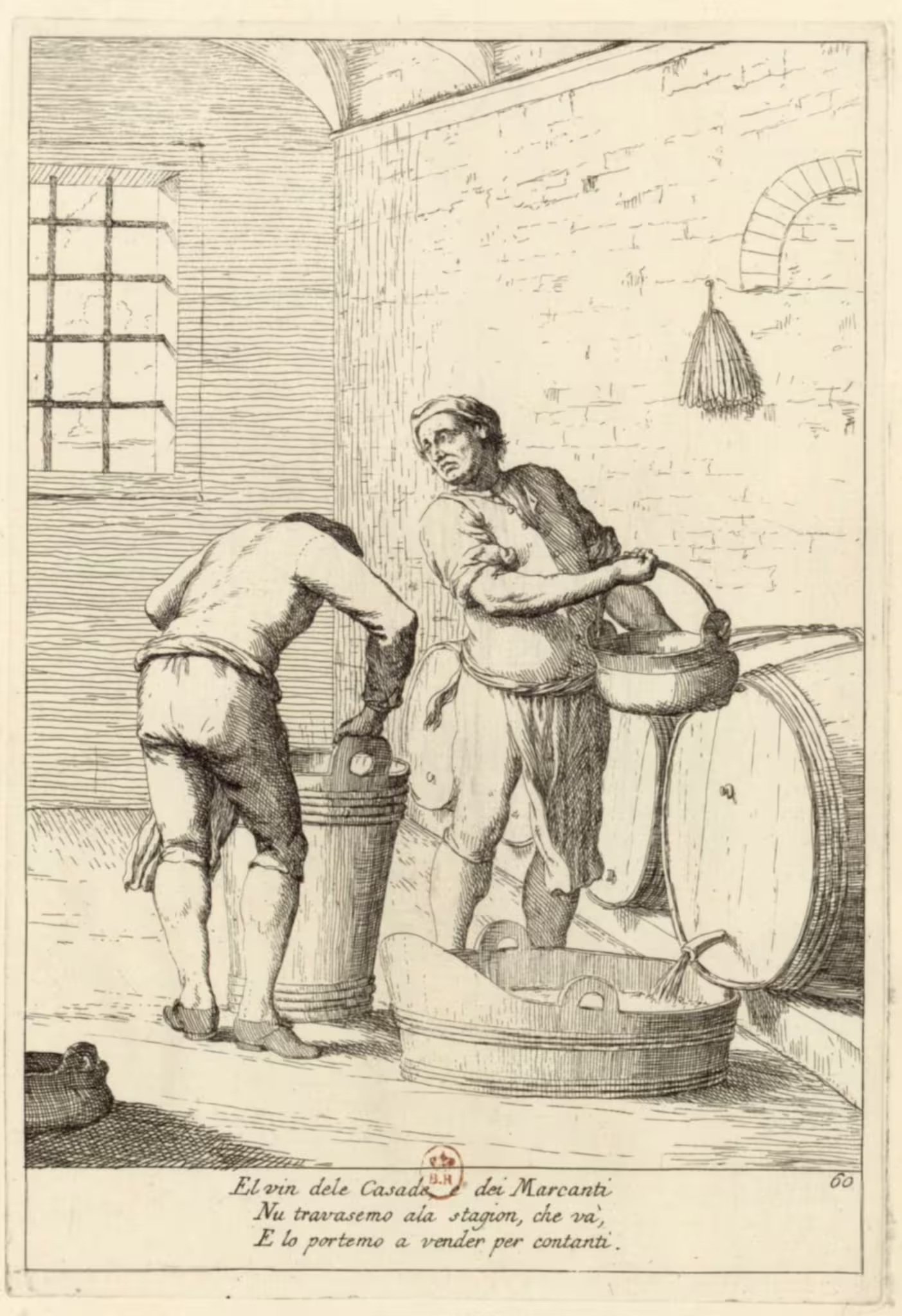
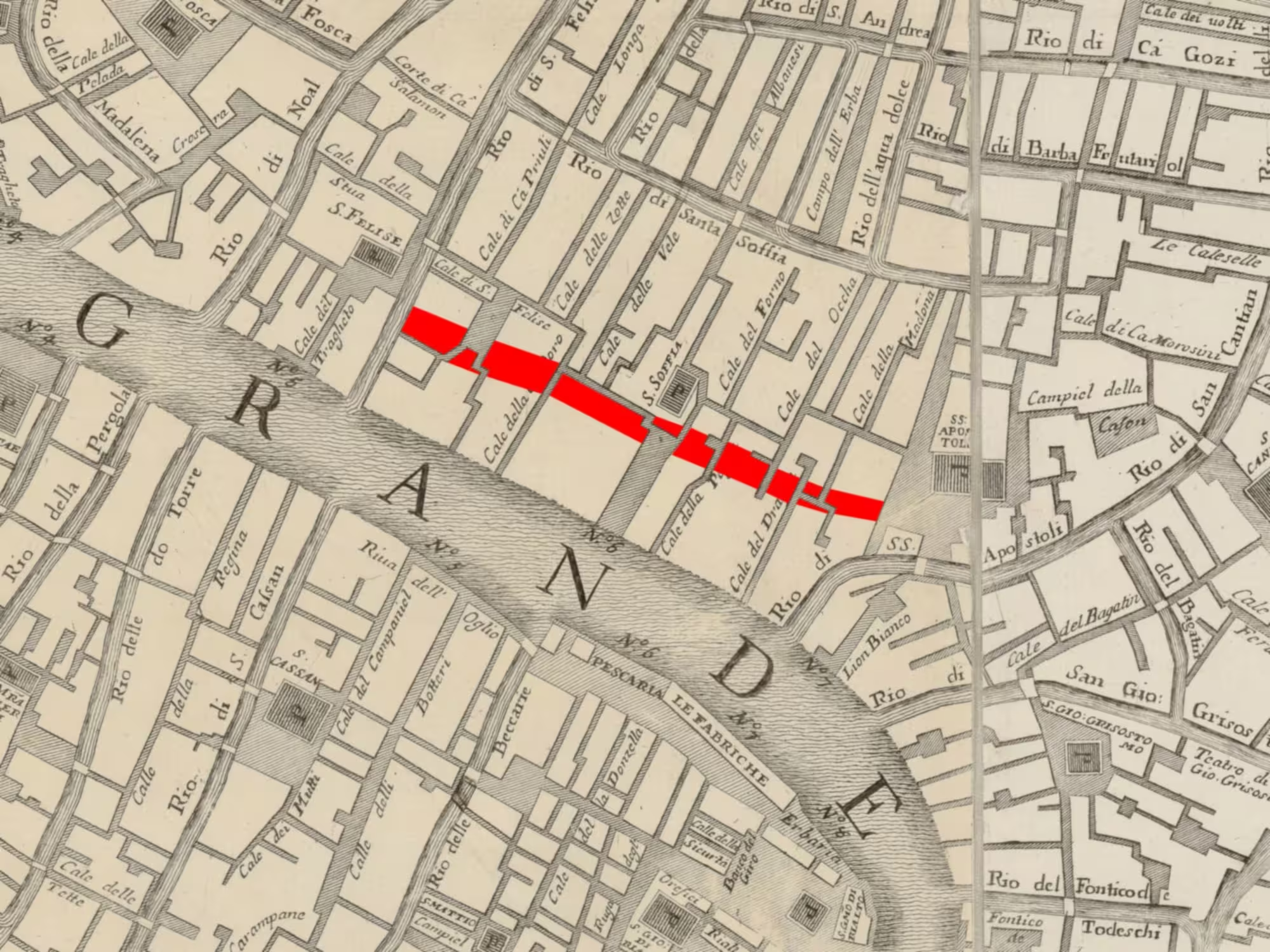

Leave a Reply